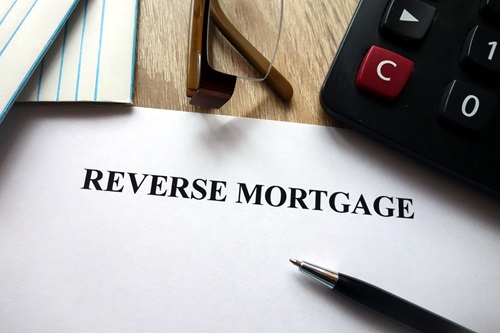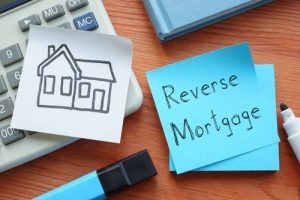
Thinking about using your home equity to boost your retirement? A reverse mortgage might be just what you need. While the process can seem a bit complicated, understanding the steps can make it much easier. Let’s take a look at how it all works, from start to finish.
What Exactly Is a Reverse Mortgage?
A reverse mortgage lets homeowners, usually 62 and older, convert part of their home equity into cash without having to sell their home. And, the Home Equity Conversion Mortgage or HECM is very common type of loan.
Additionally, the Federal Housing Administration (FHA) backs up this type of loan. With a HECM, you don’t have to repay the loan until you move out permanently or pass away, though you still need to pay property taxes and insurance.
There are also proprietary or “jumbo” reverse mortgages for those with higher-value homes or non-FHA-approved condos. However, we’ll focus on the HECM process here.
Steps to Getting a Reverse Mortgage
Here’s a step-by-step look at what you can expect during the reverse mortgage process:
Step 1: Learning and Exploring
First, you’ll have an initial discussion with a licensed loan originator. This meeting helps you understand how reverse mortgages in Columbia SC work, what you need to do, and how much you might be able to borrow. At this stage, you’re just gathering information to see if a reverse mortgage is right for you.
Step 2: Receiving Your Information Package
Additionally, it provides comparisons of different loan options so you can choose the best one for your needs. Furthermore, there is a breakdown of total loan costs, giving you a clear picture of the financial commitment involved.
Moreover, the package contains an amortization schedule, which explains how the loan will be paid off over time. Finally, it includes a helpful guide called “Use Your Home to Stay at Home” from the National Council on Aging, which offers valuable insights for managing your loan effectively.
Step 3: Attending a Counseling Session
Next, you’ll attend a counseling session with a HUD-approved agency. This session is important because it ensures you fully understand the loan and can decide if it’s the best choice for you. You can do this session in person or over the phone, and it’s a good idea to include family members.
Step 4: Completing the Application
Now, it’s time to fill out the loan application. To begin with, you’ll need to provide documents like proof of income and recent mortgage statements. During this step, you’ll also choose how you want to receive the proceeds of your reverse mortgage loan. You can have it as a lump sum, or monthly advances, a line of credit, or a combination of these options.
 reverse mortgage in Columbia SC
reverse mortgage in Columbia SCStep 5: Processing the Application
After submitting your application, the processing team reviews it and orders third-party services, such as a title report and appraisal. They make sure everything is in order before moving on to the next step.
Step 6: Getting an Appraisal
Meanwhile, an appraiser will visit your home to determine its market value, which affects how much you can borrow. This appraisal also checks if your home meets HUD’s standards. Sometimes, a second appraisal is needed to confirm the first one.
Step 7: Underwriting
In underwriting, your reverse mortgage loan application is evaluated and either approved, denied, or approved with conditions. And, the lender checks your ability to meet property charge obligations like taxes and insurance. Once everything is approved, you’re ready to close the loan.
Step 8: Closing the Loan
At the closing, you’ll review and sign the final loan documents. This can be done at a convenient location in Columbia SC, possibly even your home.
Step 9: Receiving Funds
Step 10: Loan Servicing
Once your loan is closed, a servicer will manage the daily administration of your loan. This could be your lender or a specialized loan servicing company.

No comments:
Post a Comment